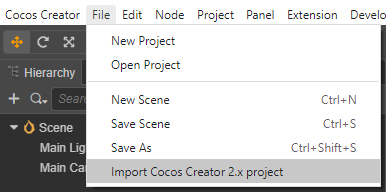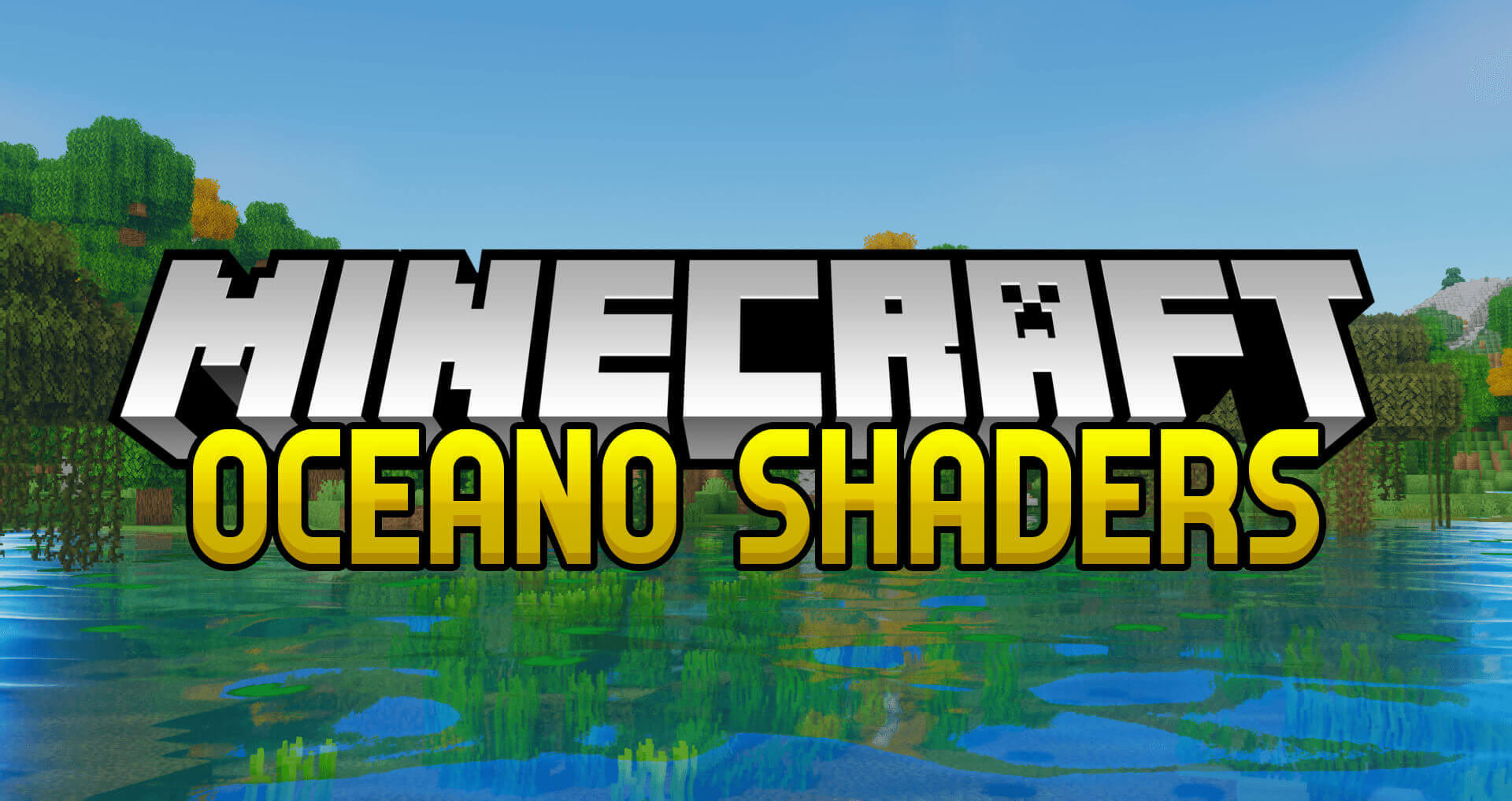


derivatives: Pixel shader derivative instructions (ddx/ddy).mrt8: Multiple Render Targets, at least 8.mrt4: Multiple Render Targets, at least 4.interpolators32: At least 32 vertex-to-fragment interpolators (“varyings”) are available.interpolators15: At least 15 vertex-to-fragment interpolators (“varyings”) are available.interpolators10: At least 10 vertex-to-fragment interpolators (“varyings”) are available.List of supported feature names for the #pragma require directive: WP8/WinRT platforms (DX11 feature level 9.x) are treated as only capable of shader model 2.5. Note that all OpenGL-like platforms (including mobile) are treated as “capable of shader model 3.0”. Supported on DX11+ SM5.0, OpenGL 4.3+, OpenGL ES 3.1+AEP, Vulkan, Metal (without geometry), PS4/XB1 consoles.Not supported on DX11 before SM5.0, OpenGL before 4.3 (i.e.Supported on DX11+ SM5.0, OpenGL 4.1+, OpenGL ES 3.1+AEP, Vulkan, Metal (without geometry), PS4/XB1 consoles.Not supported on DX11 before SM5.0, OpenGL before 4.1, OpenGL ES 2.0/3.0/3.1, Metal.OpenGL 4.1 capabilities (DX11 SM5.0 on D3D platforms, just without compute shaders).Has compute shaders, random access texture writes, atomics etc.Supported on DX11+ SM5.0, OpenGL 4.3+, OpenGL ES 3.1, Metal, Vulkan, PS4/XB1 consoles.OpenGL ES 3.1 capabilities (DX11 SM5.0 on D3D platforms, just without tessellation shaders).Has geometry shaders and everything that es3.0 target has.

Supported on DX11+, OpenGL 3.2+, OpenGL ES 3.1+AEP, Vulkan, PS4/XB1 consoles.Not supported on DX11 9.x (WinPhone), OpenGL ES 2.0/3.0/3.1, Metal.Native integer operations in shaders, texture arrays, and so on.Supported on DX11+, OpenGL 3.2+, OpenGL ES 3+, Metal, Vulkan, PS4/XB1 consoles.Not supported on DX11 9.x (WinPhone), OpenGL ES 2.0.OpenGL ES 3.0 capabilities (DX10 SM4.0 on D3D platforms, just without geometry shaders).
#Change setting in shift shader 3.0 driver
Might not be fully supported by some OpenGL ES 2.0 devices, depending on driver extensions present and features used.Not supported on DX11 feature level 9.x GPUs (e.g.DX9 shader model 3.0: derivative instructions, texture LOD sampling, 10 interpolators, more math/texture instructions allowed.
#Change setting in shift shader 3.0 windows

#pragma require integers 2darray instancingīy default, Unity compiles shaders into almost the lowest supported target (“2.5”) in between DirectX shader models 2.0 and 3.0. Indicate the compilation target by using the #pragma target name directive or the more specific #pragma require feature … directive. Note: Using higher shader compilation targets may prevent the shader from working on older GPUs or platforms. To allow the use of more modern GPI functionality, you must use higher shader compilation targets. When writing either Surface Shaders or regular


 0 kommentar(er)
0 kommentar(er)
